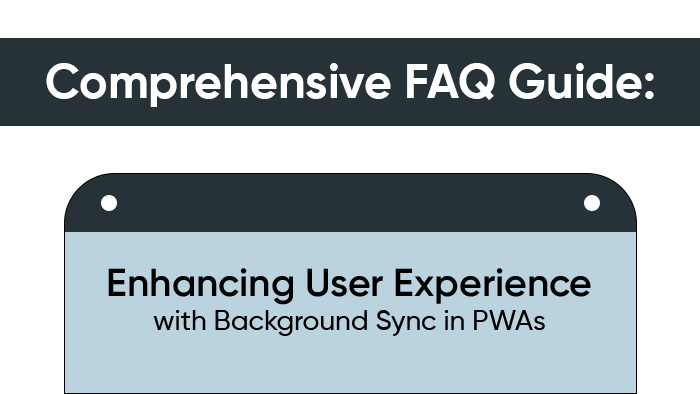What is the role of user experience (UX) design in Enterprise Application Development?
User experience (UX) design plays a crucial role in Enterprise Application Development as it focuses on creating intuitive and engaging interfaces that meet the needs of users. A well-designed UX enhances user satisfaction, improves productivity, and drives customer loyalty. It involves understanding user behavior, conducting user research, creating wireframes and prototypes, and conducting usability testing. UX design helps in identifying user pain points, simplifying complex workflows, and optimizing task completion. By addressing user needs and expectations, UX design ensures that enterprise applications are user-friendly, accessible, and efficient.


